Syn.: Androsace turczaninowii Freyn., Aretia maxima (L.) Bubani, Primula maxima (L.) O. Kuntze
Family: Primulaceae Vent.
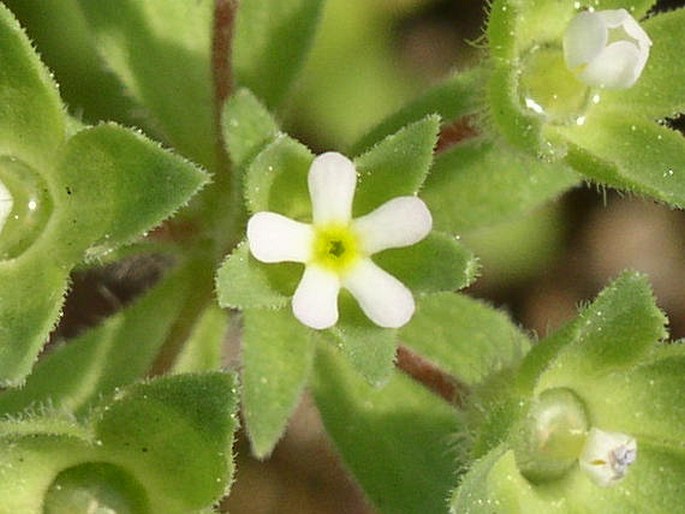
Distribution: This species has a large, but discontinuous distribution – occurs in central, southern, western and eastern Europe, Asia (the Middle East, Russia, Mongolia, Central Asia, western China, Pakistan, Afghanistan), in northern Africa and adventive in North America (New York).
Ecology: It grows on fallow lands, but also in rubble, on embankments, only in the lowlands. In Asia, also on dry meadows, rocky slopes and sandy steppes.
Description: Annual herb. Leaves in a rosette, 6–30 × 3–11 mm, ovate, obovate or oblong-lanceolate, sessile or very shortly petiolate, dentate, glabrous or sparsely hairy. Scapes 1-several, 3–10(–15) cm tall, with short glandular hairs. Inflorescence 3–8-flowered; involucral bracts large, leaf-like, 6–12 × 2–7 mm, ovate, obovate or oblong-lanceolate; calyx 8–10 mm, more or less densely hairy; corolla 6 mm, shorter than the calyx, white or pink. Fruit is a capsule.
Threat and protection: This species is strictly protected in Czechia, Slovakia and Hungary.
Note: Annual Androsace has a very short growing cycle. Seedlings germinate in autumn.
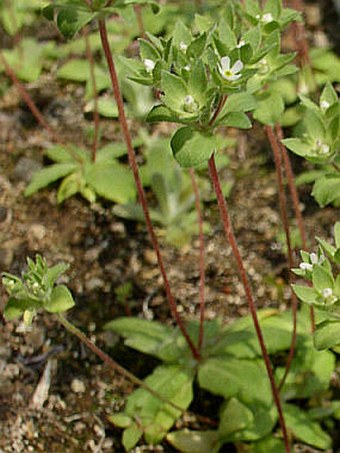
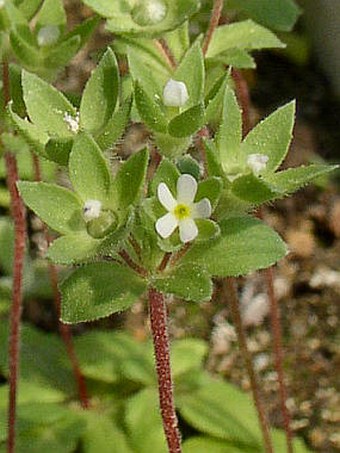
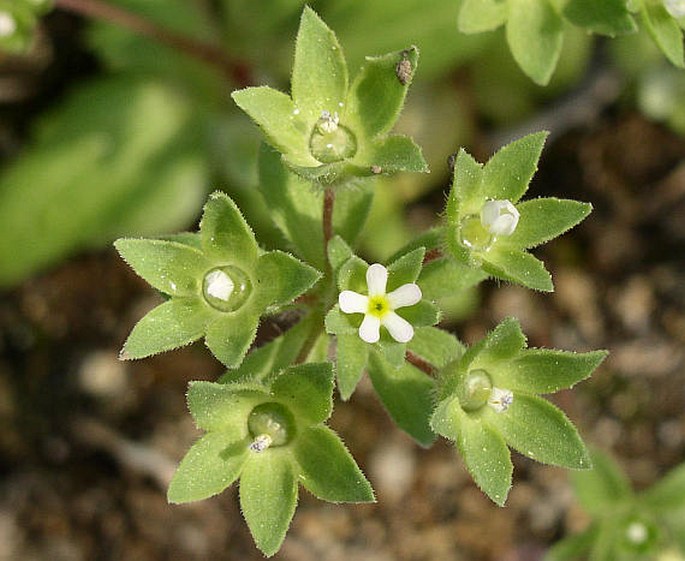
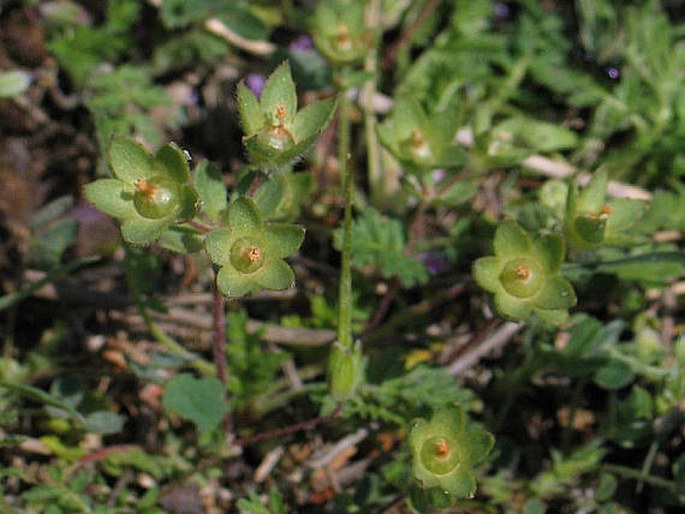
These images were taken in Czechia, Moravia, Hrušky (by Michal Ducháček, 7. 5. 2006) and Slovakia, Kováčovské kopce (by Pavol Eliáš, 22. 4. 2005).


